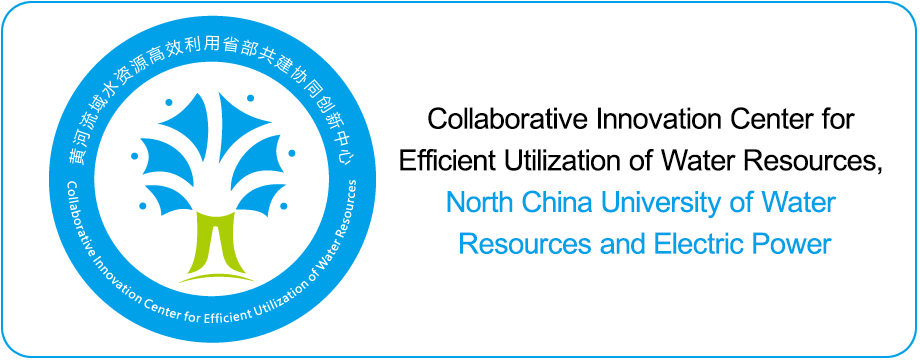The risk of catastrophic flooding from sequential dam breaches in cascade reservoir systems has become increasingly critical under the influence of complex climate change and extreme geological events. In this study, a two-dimensional hydrodynamic dam-break model was developed to analyse flood propagation and inundation dynamics for the $RE1$, $RE2$, and $RE3$ cascade reservoirs in the lower Southwest China River Basin, considering various instantaneous full and partial collapse scenarios. Four distinct scenarios were simulated to evaluate breach characteristics and inundation impacts. Notably, Scenario 3-involving the simultaneous instantaneous full collapse of all three reservoirs-produced peak flow rates of 341,200 m$^3$/s, 1,157,900 m$^3$/s, and 340,100 m$^3$/s at $RE1$, $RE2$, and $RE3$, respectively. Under this worst-case scenario, maximum inundation depths at representative sites A, B, C, and D reached 69.51 m, 79.87 m, 77.16 m, and 48.38 m, with high-severity flooding areas extending over 0.95 km$^2$, 1.10 km$^2$, 1.21 km$^2$, and 1.73 km$^2$, respectively. In comparison, Scenarios 1 and 2 generated lower peak flow rates, smaller inundation areas, and less severe flooding, while Scenario 4-representing overtopping without structural breach-resulted in a substantial reduction of high-risk zones. The findings highlight the pronounced escalation of flood risk under simultaneous multi-reservoir collapse conditions and underscore the necessity for enhanced coordinated flood management and emergency response strategies in cascade reservoir systems. This study offers valuable insights into dam failure risk assessment, contributing to improved flood mitigation policies and emergency preparedness in regions vulnerable to extreme hydrological events.















